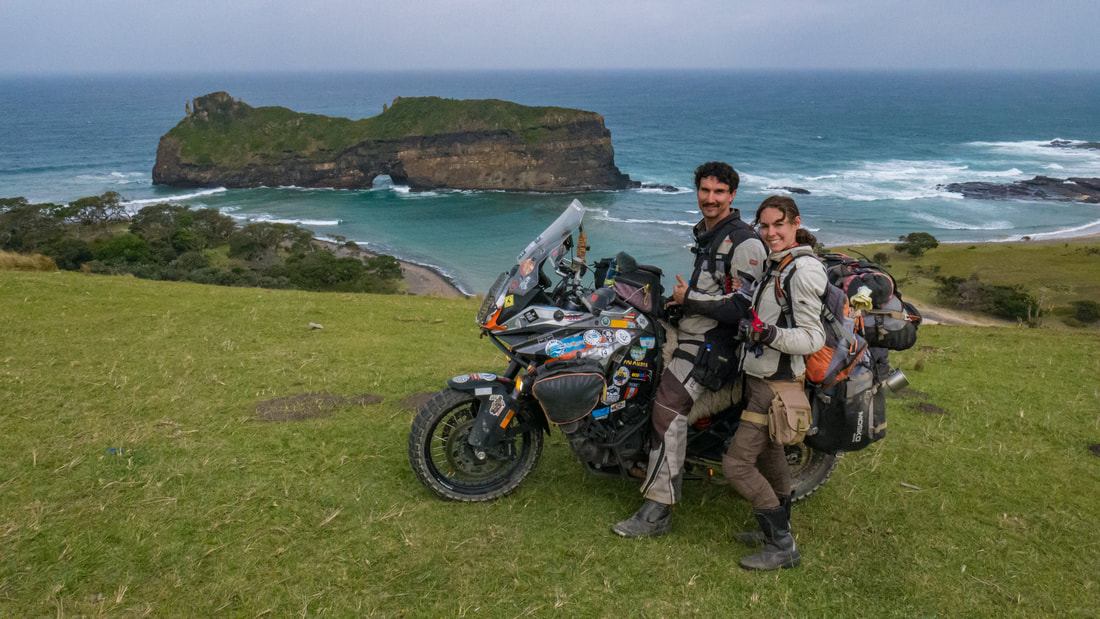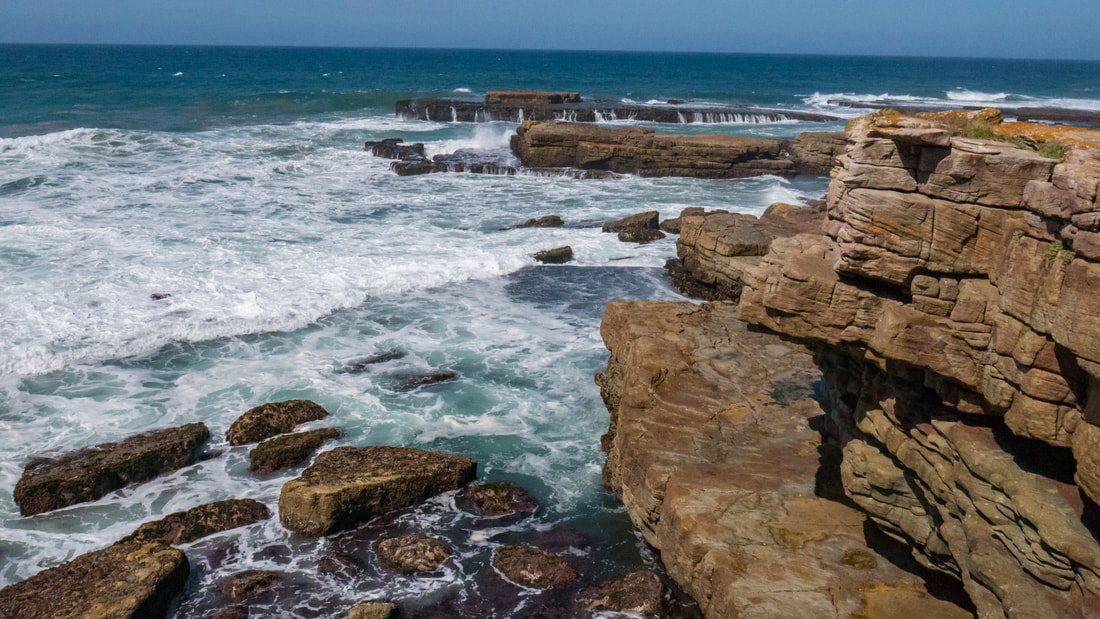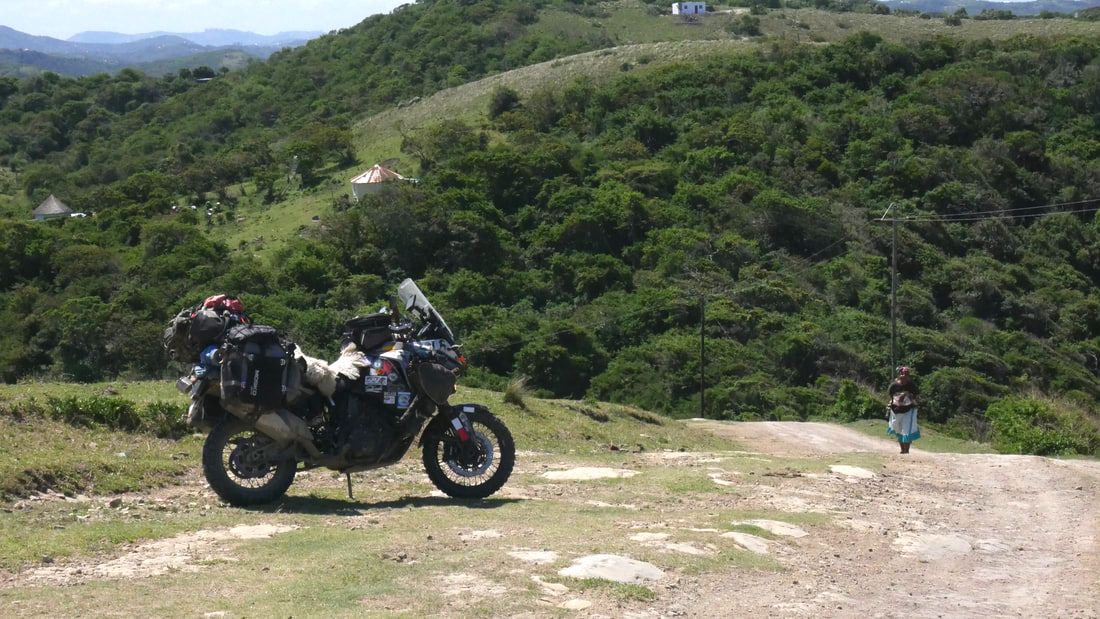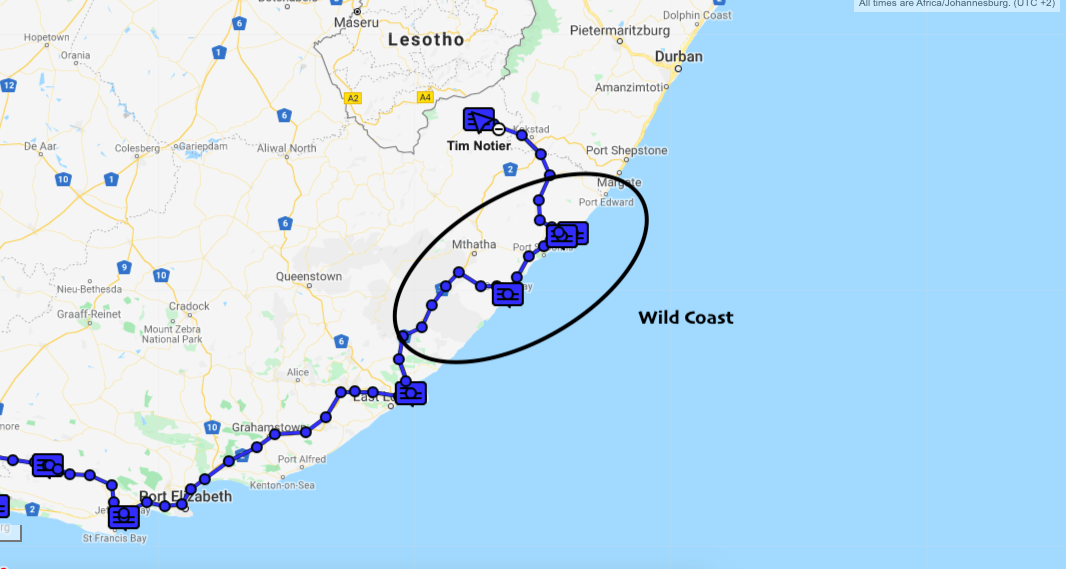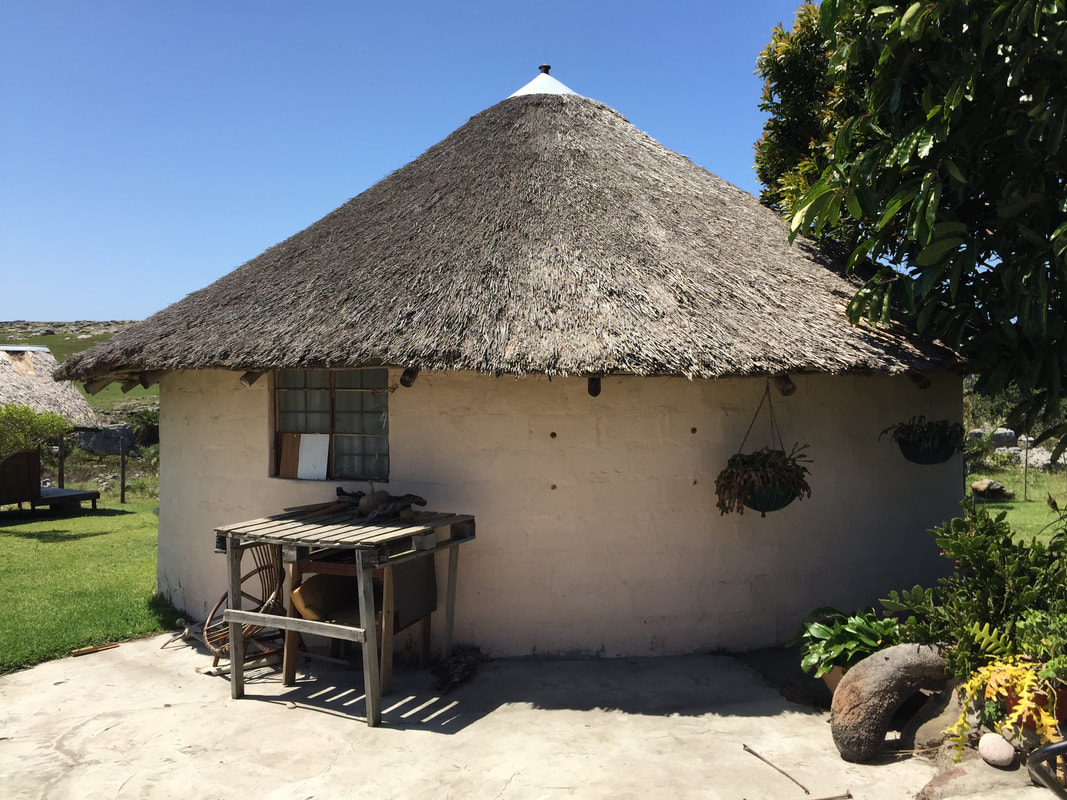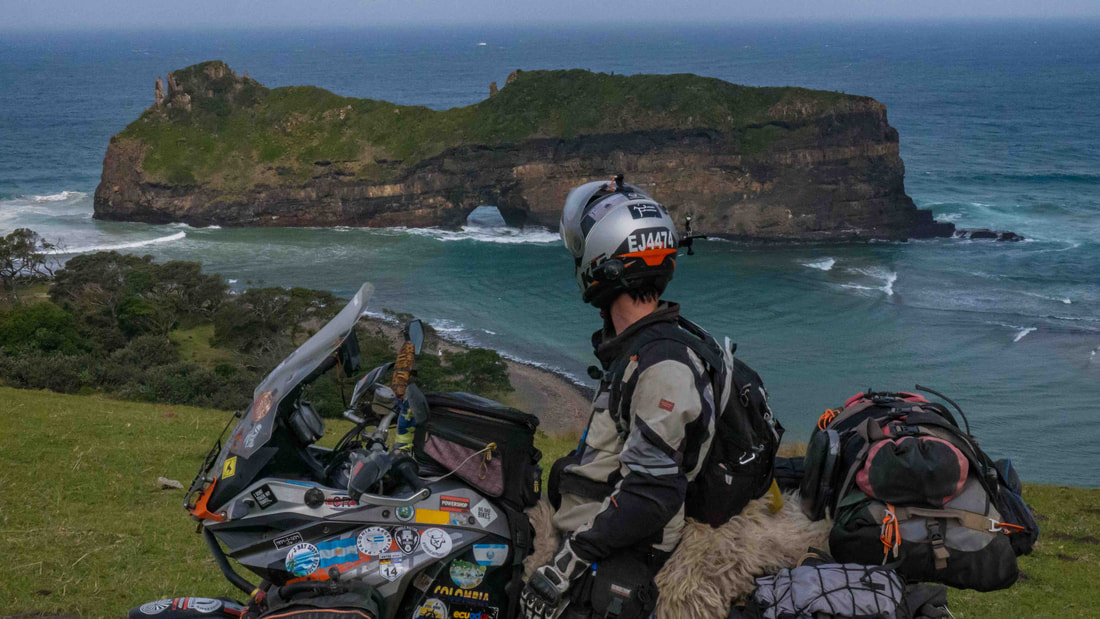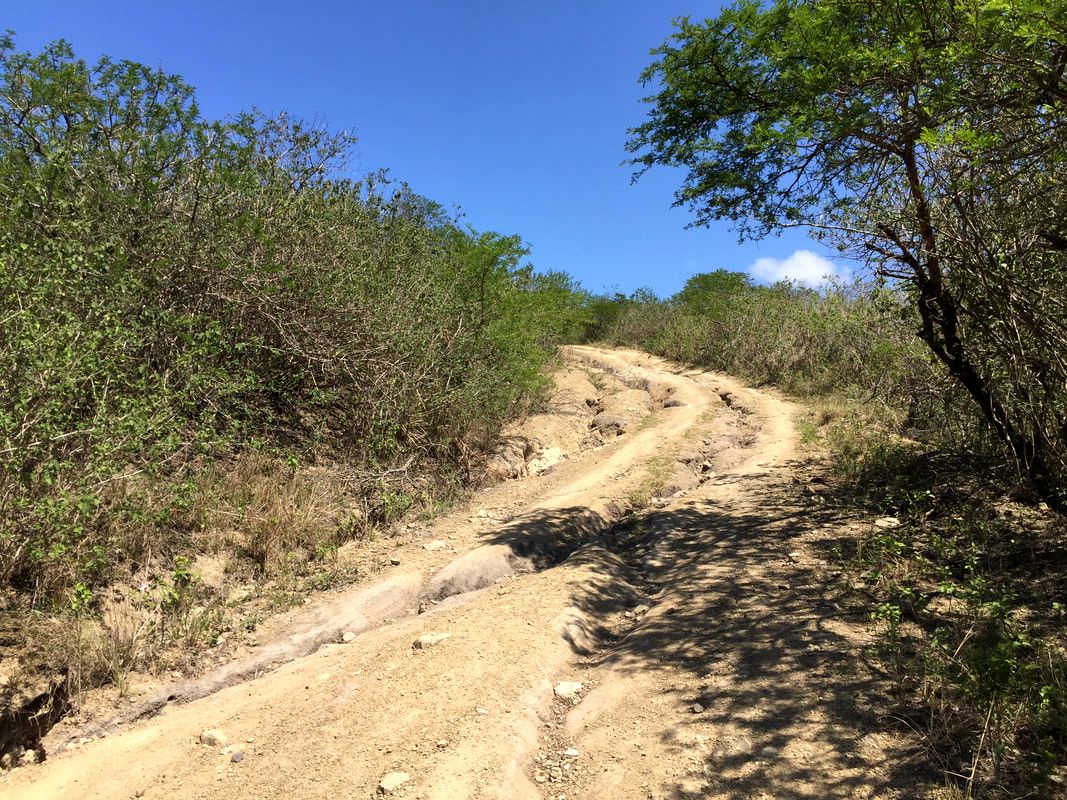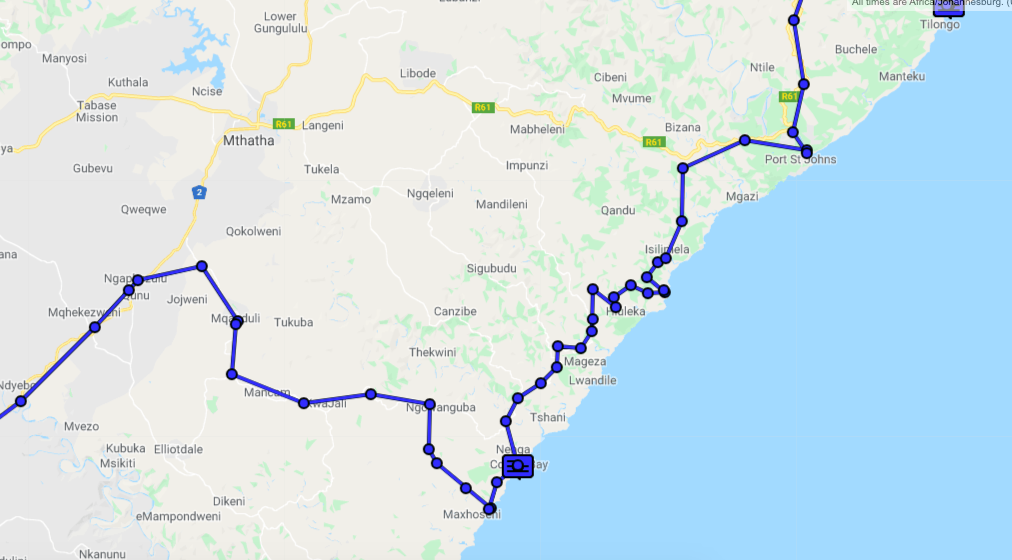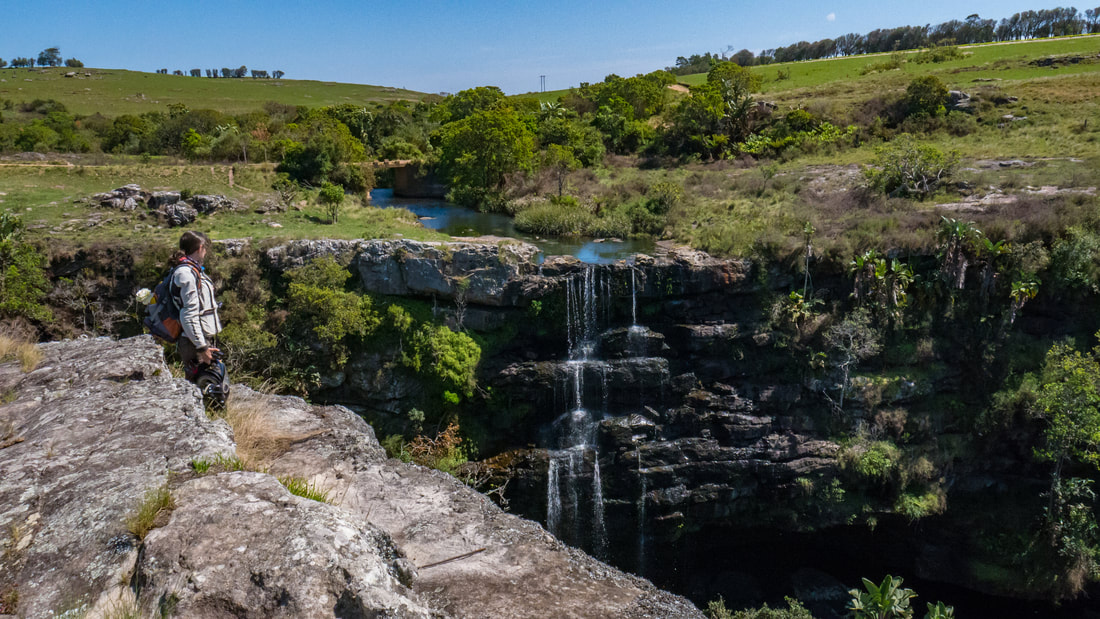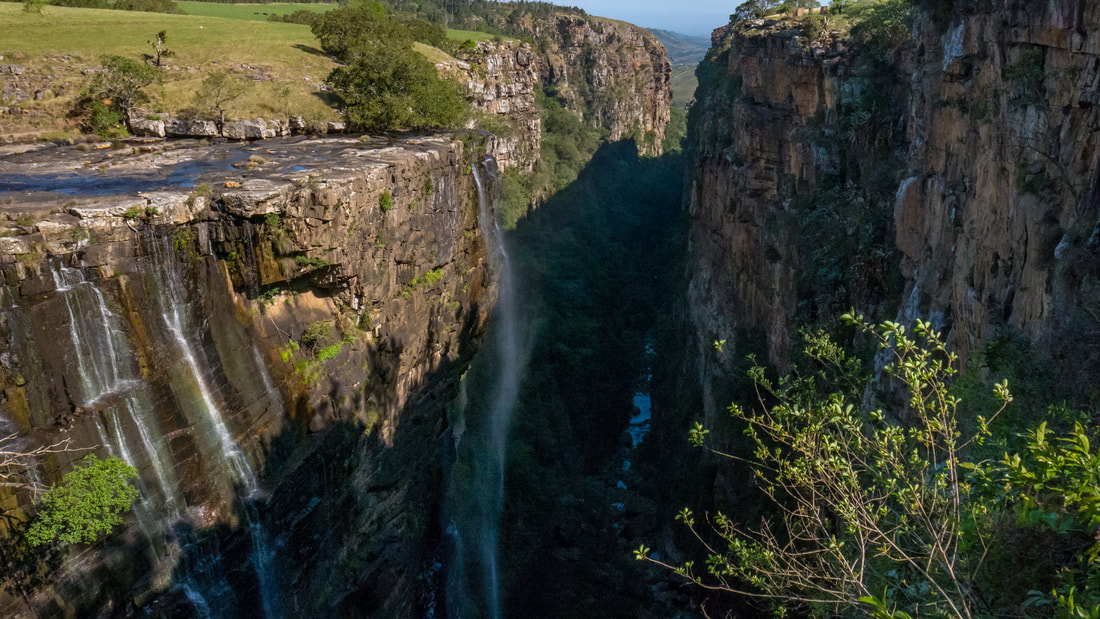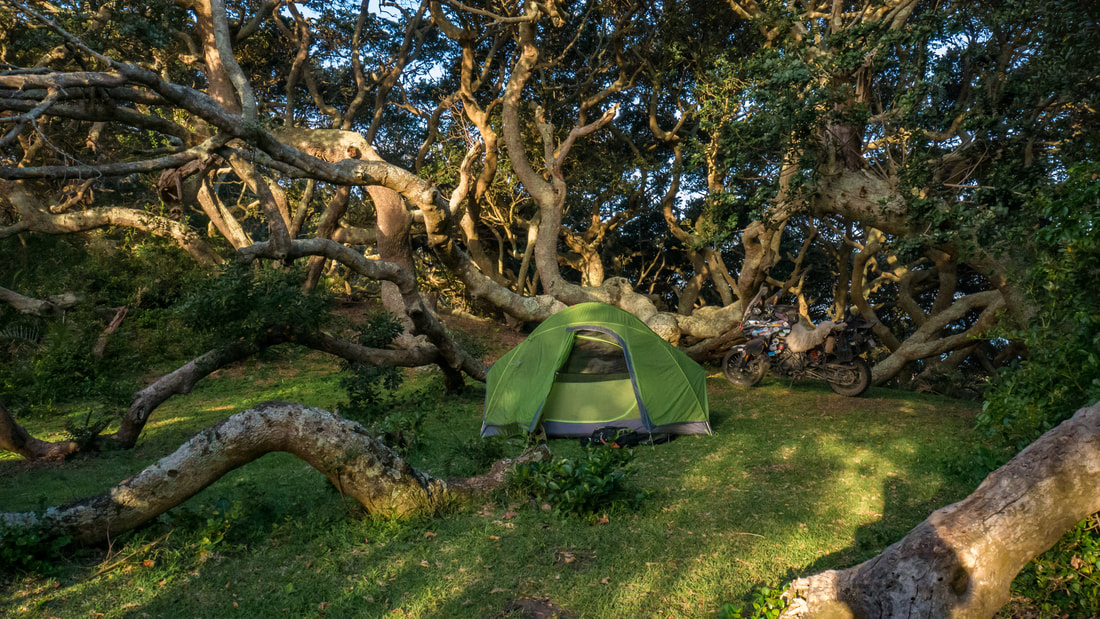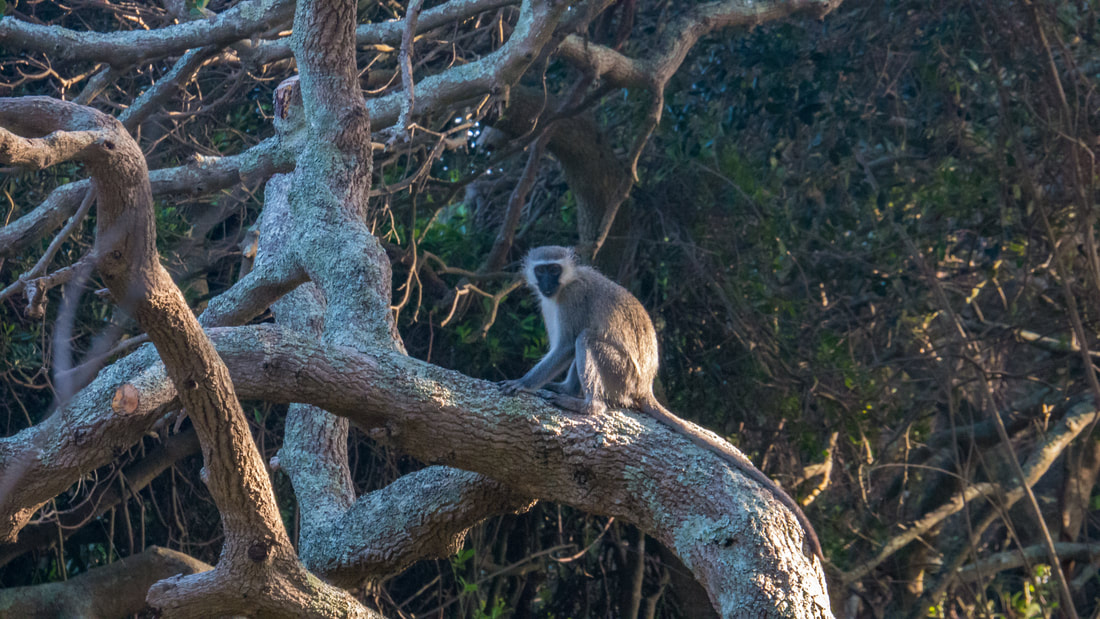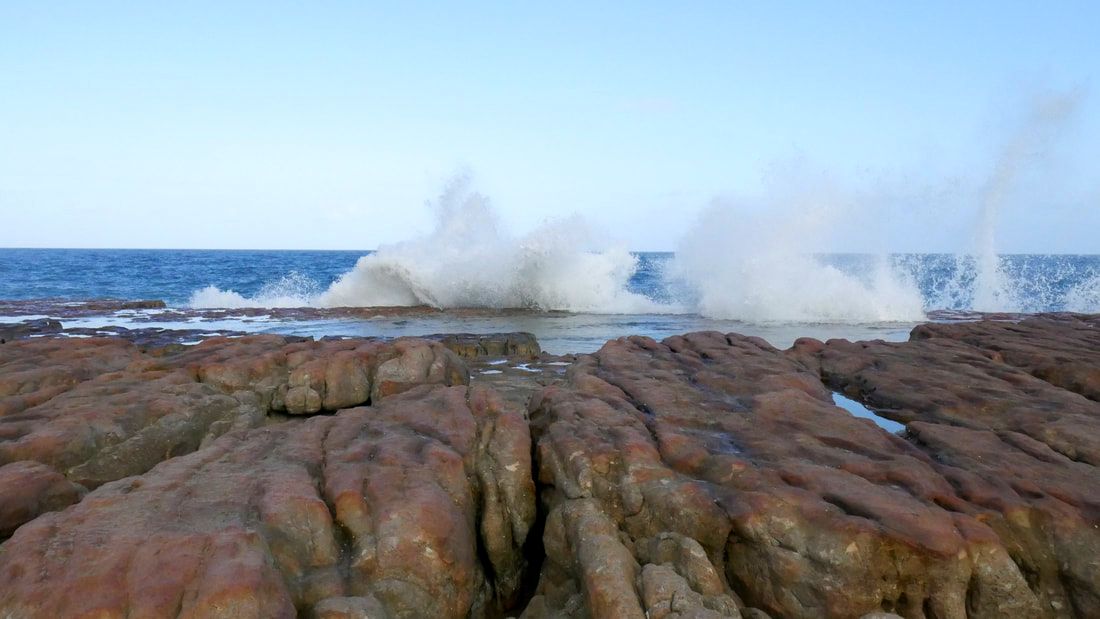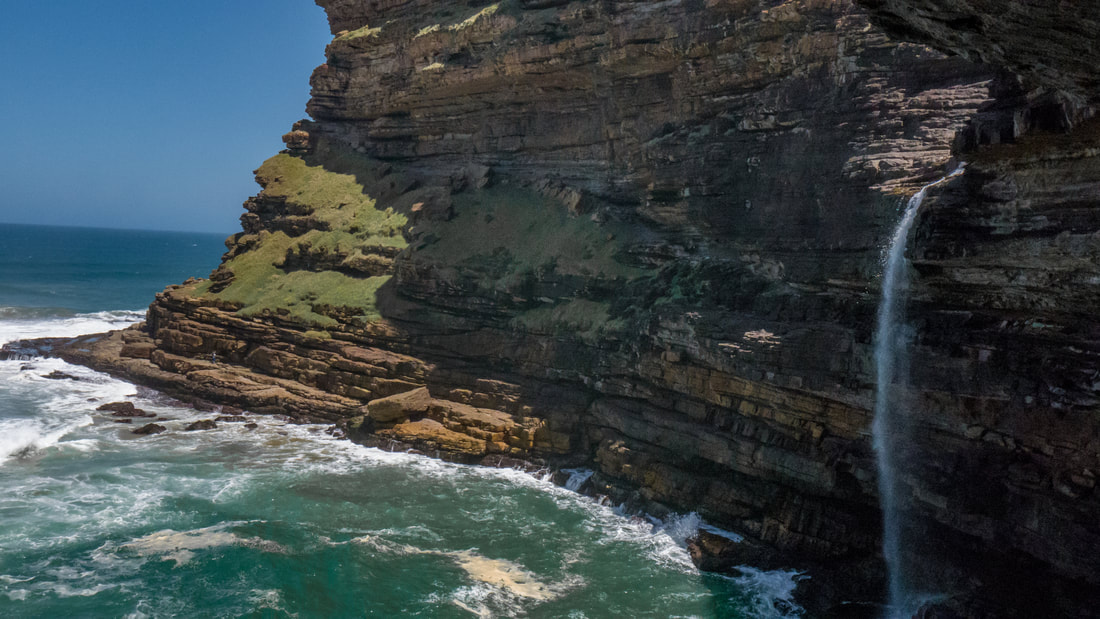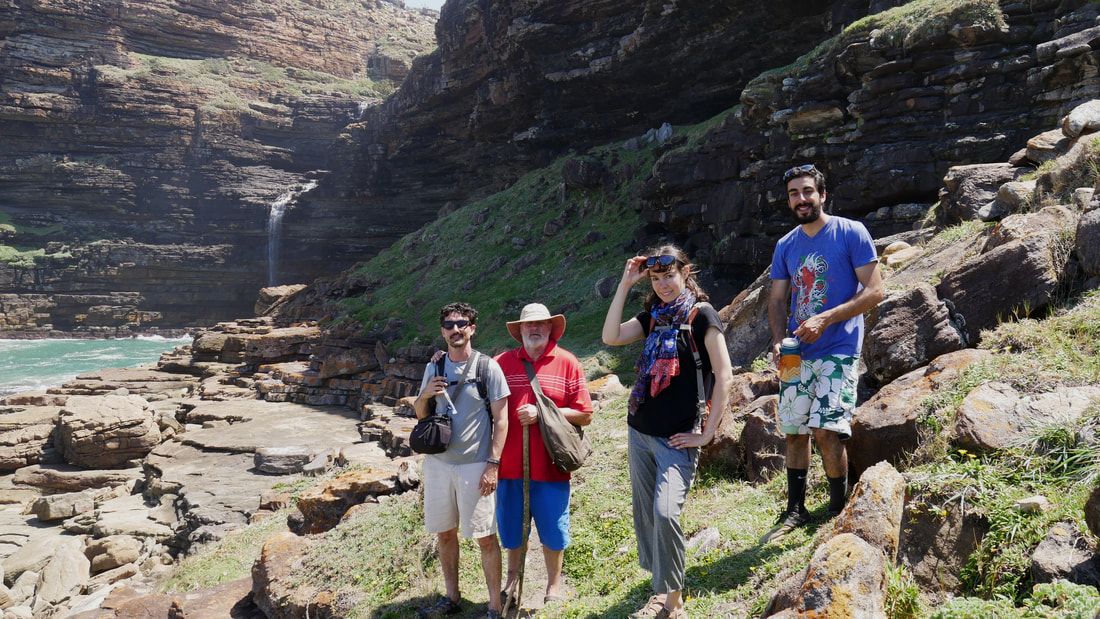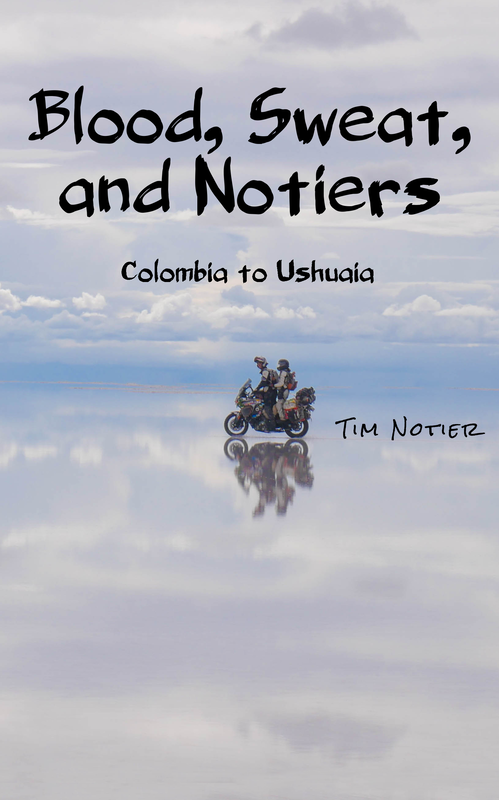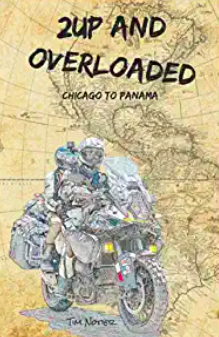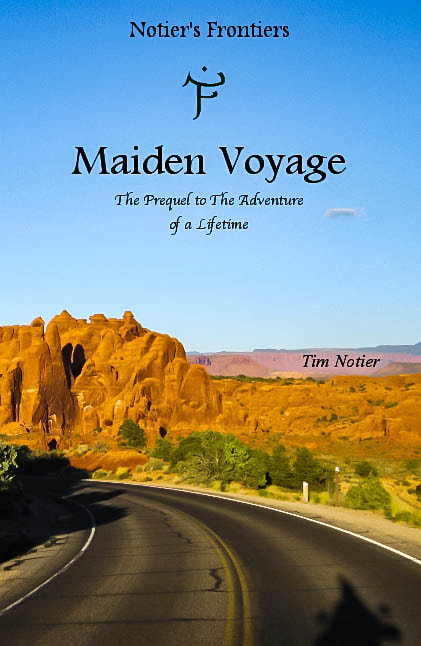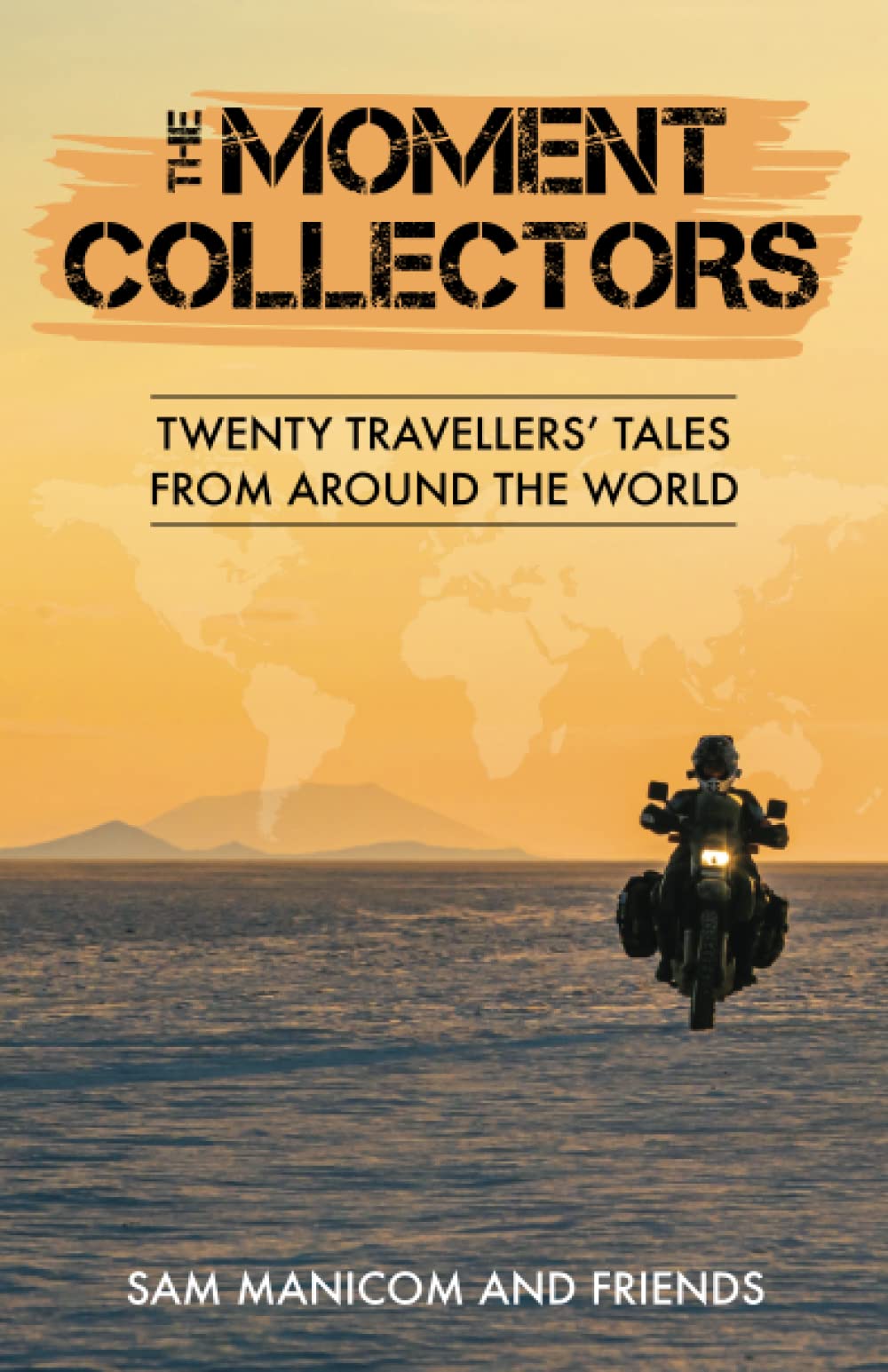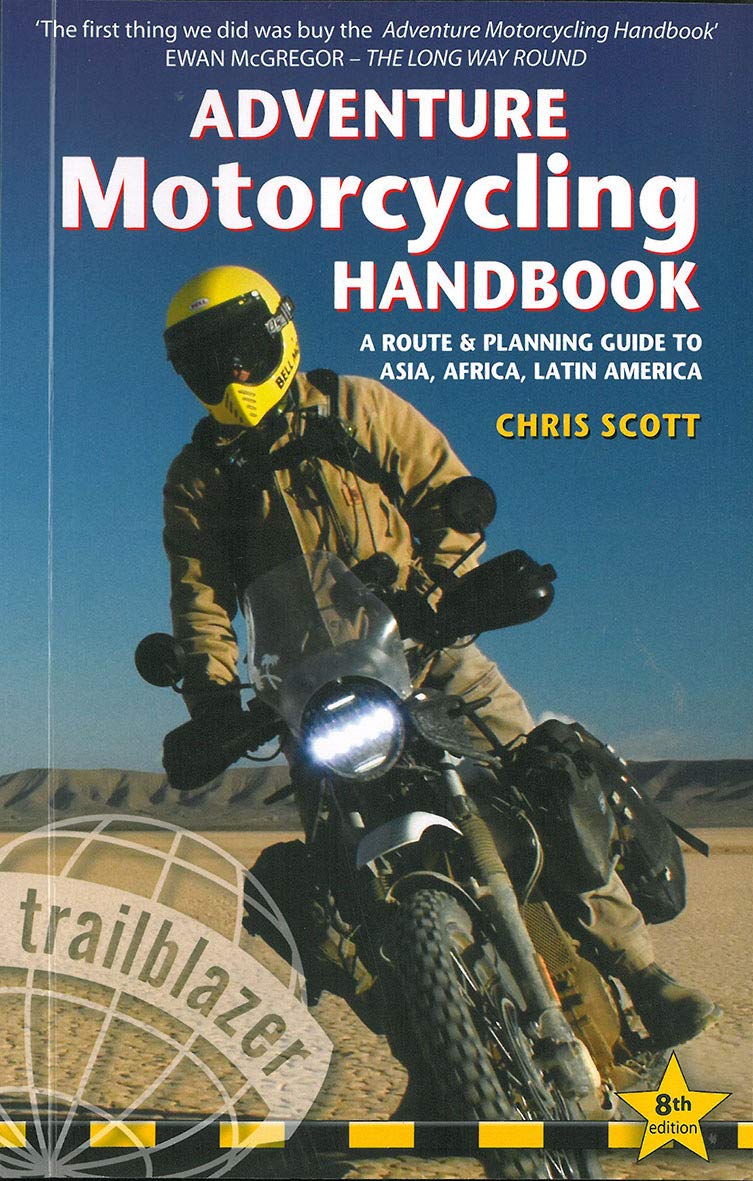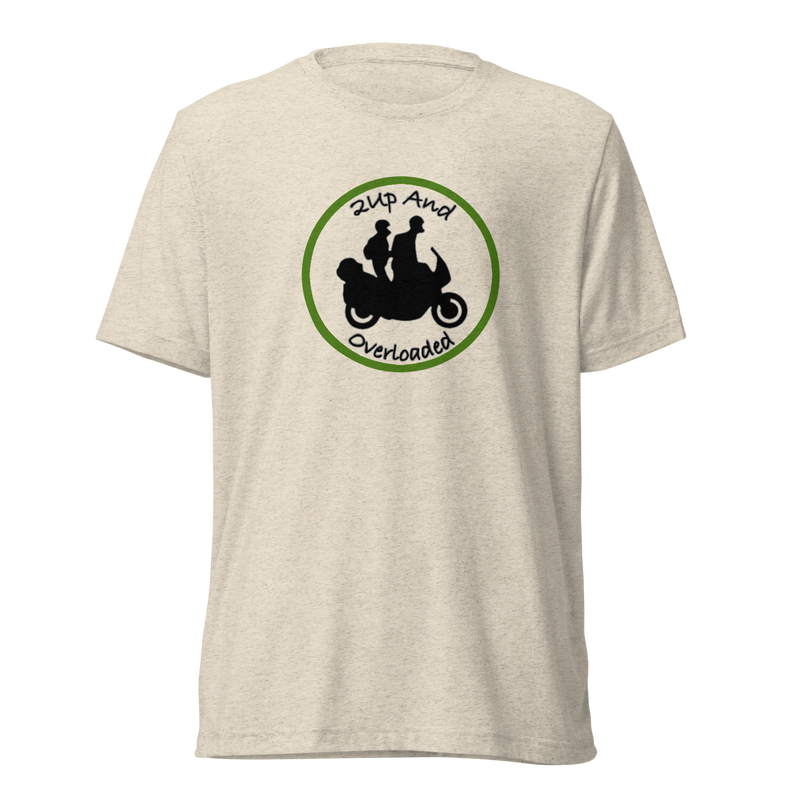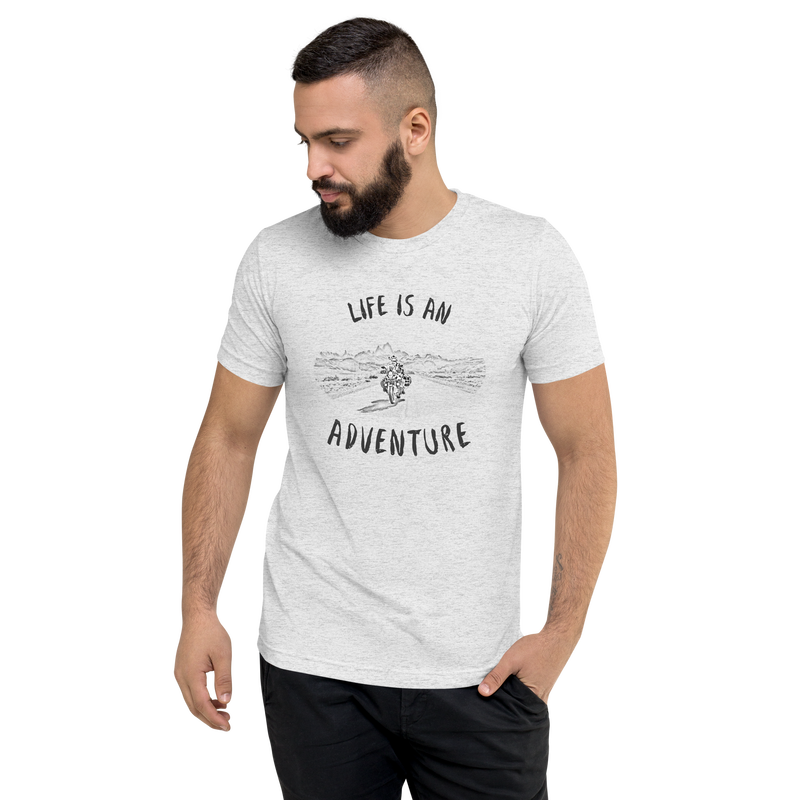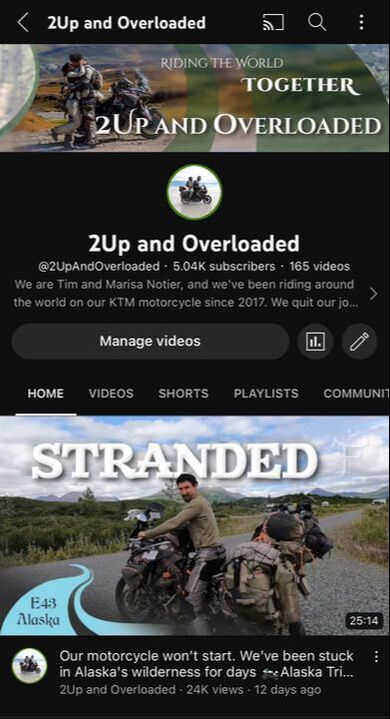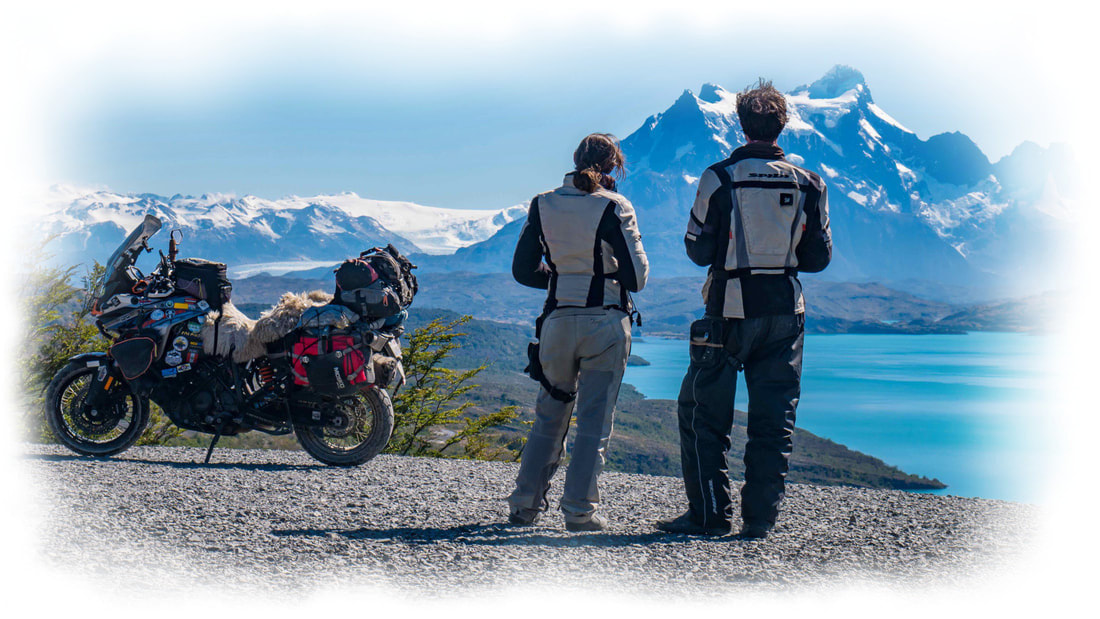By MarisaSouth Africa's long and beautiful coastline has some of the country's most developed regions, and much of it is filled with busy ports, fishing harbors, and beachside villas. But there is one remote stretch of shoreline where modern development never took hold, and it's appropriately named the Wild Coast. It's not the easiest place to navigate since the roads there are rugged and don't lead in a straight line, but with a name like the Wild Coast, we knew we had to go. And it turned out to be everything that we've been searching for. Our journey into the Wild Coast started with an invitation from our friend Peet who grew up in the region. He said he'd take us to some of his favorite spots, starting with what is rated the most beautiful campground in South Africa, Yellow Sands Caravan Park in East London. Situated on a bluff overlooking the ocean, I thought this was going to be the best campsite view on our Wild Coast trip. Ha! From East London we followed the main road, the N2, until we turned onto dirt at Ngaphezulu toward Mqanduli. That's also where Nelson Mandela grew up, and the Nelson Mandela Museum is situated in the town of Qunu, but was closed for construction when we were there. Once 0ff the N2, the adventure started. The road worsened, modernity disappeared, and we started seeing round houses with thatched roofs called rondavals (rond-AH-vals). The Wild Coast is not “wild" in the sense that there are no people there. To the contrary, there are towns and villages everywhere, and locals live a very traditional pastoral lifestyle. In some ways, it feels like the “Africa" that I had been yearning to see. Colorfully-dressed women walk the roads with jugs of water balanced on their heads, children waved to us as we passed (and sometimes they threw rocks if they were feeling naughty, but the majority of them only sent us smiles), and you get a timeless feel to the landscape. There are practically no fences, and most animals roam freely (they especially love to be right in the middle of the road). As we wound our way through the rural green hills, at last we came to the blue strip of coast, and were greeted with an incredible natural spectacle called Hole in the Wall. This mighty cliff of rock standing just offshore has been beaten by the waves for so long, that a hole right in its center has been punched out. Like an enormous archway leading into an oceanic palace, it was dramatic to watch the water surge through the rocks with all its splashes of foam. We camped that night at a beachside caravan park in the town of Coffee Bay, where we pitched our tent under some gnarly jungle trees and watched the orange full moon rise as the night insects chirped. The next day was going to be one of our toughest as we wanted to get to the town of Port St. Johns from Coffee Bay by only taking the backroads along the coast. Actually, there is no road that goes along the coast, so we sort of just made up our path as we went along. The roads in this area can be in very poor condition, some with deep ruts and cavernous washouts. But Tim skillfully maneuvered our heavy bike over big rocks and across rivers where the bridges were washed out. At one point, Google Maps said there was no way through and we were concerned we'd have to backtrack. So we asked two guys in a 4WD truck for directions; they were shirtless with a cloud of pot smoke wafting out from their windows, and marijuana plants crowding out the back seat. They told us the quickest way was through the sand on the beach, but when we said we weren't too keen on deep sand with our fully-loaded motorcycle, they instructed us on how to avoid the beach. Their directions led us down tracks through the forest, but now we were off any squiggly road known to Google or any of our other GPS apps. Truly in no-man's territory. Moreover, I was a bit concerned that these two stoned gentlemen didn't really know what they were talking about, and were sending us to nowhere. But amazingly, the road did go through, and suddenly the jungle opened up, and a proper dirt road was in front of us. We had made it back to civilization. The pavement started near Port St. Johns, and we were stopped there for lunch when someone in the restaurant said in an American accent, “Hey, are you two on that motorcycle?" And low and behold, we met our first fellow motorcycle overlander, an American who is also riding through Africa! Emiliano is his name, and we immediately made plans to meet back up the next day at our camp: a rugged set of structures built into nature called Mbotyi Mountain Bush Camp. Mbotyi Camp (pronounced like mboy-key) turned into our home base for the next few days as we explored the waterfalls, caves, and extremely terrible roads of the region. Even getting up to the camp was a challenge, but a welcome one. After all, this is what we came to the Wild Coast for: to get off the beaten path. And we sure did that as our guide, Jan, showed us around the area on roads that were carved out by Jeeps, and other “roads" that didn't really exist at all. But perhaps my favorite part of our Wild Coast tour was when we wild camped where the milkwood forest meets the rocky coast at a place called Lupatana. The road there was horrendous, but that's a good thing since I wouldn't want this place to become too “discovered". It was pure perfection: the knotted twists of the milkwood tree branches, the way the sunlight became golden through the leaves, and the little curious faces of Vervet Monkeys peeping out from the foliage, waiting for us to forget some food on the ground. But the ever-present sound of the ocean drew me out of the forest, where I suddenly found myself on a windswept beach of sand tucked between huge orange boulders. But I couldn't get distracted by the colorful stones for long, because just beyond the boulders, the ferocious crashing of enormous waves demanded all my attention. The “beach" here was like a cliff of rock that sharply dropped into the sea, so whenever the waves were right, thunderous splashes were sent 30 or 40 feet in the air! It was a theatrical and symphonic drama of epic proportions playing out in front of me. I could have stood there and watched it for hours. That night was one to remember. It was now Tim and me, Emiliano, Peet, and Jan, and we all laughed and told stories by the fire as Jan cooked up some of the largest steaks I've ever eaten. I don't even have words to describe what an incredible evening that was: great campsite, great weather, great food, and great company, what more could you ask for? The next day we all set off for a hike along the coast where we came across the “Cave of Wonders" only accessible at low tide, and finally Waterfall Bluff, which is one of the only waterfalls in the world to spill directly into the sea. It was spectacular. Unfortunately our time on the Wild Coast had to come to a close, and we said our goodbyes to our new friends and to the Indian Ocean for what will be a long while. We are now getting ready to head into a small country within South Africa called Lesotho (le-SU-tu), a kingdom of mountains that are said to touch the sky. Then we'll be exploring an area called Drakensberg, or Dragon Mountains... sounds pretty awesome. So stay tuned! This week we would like to thank Jan for all his local expertise, great jokes, and incredible cooking skills, and to Emiliano for taking a risk on joining a few strangers on a crazy adventure. But most of all we want to thank Peet for allowing us to experience the wonders that he has known, for supporting us in so many incredible ways, and for being a true friend. |
Follow UsRide with us from Chicago to Panama!
2Up and Overloaded Get inspired by the tale that started it all:
Maiden Voyage 20 author's tales of exploring the world!
The Moment Collectors Help us get 40 miles further down the road with a gallon of gas!
Become a Patron for early access to our YouTube Videos!
Subscribe to our YouTube Channel!
Subscribe to our Blog by Email
|
2Up and Overloaded
Join our clan of like-minded adventurers...
Proudly powered by Weebly
Designed by Marisa Notier

